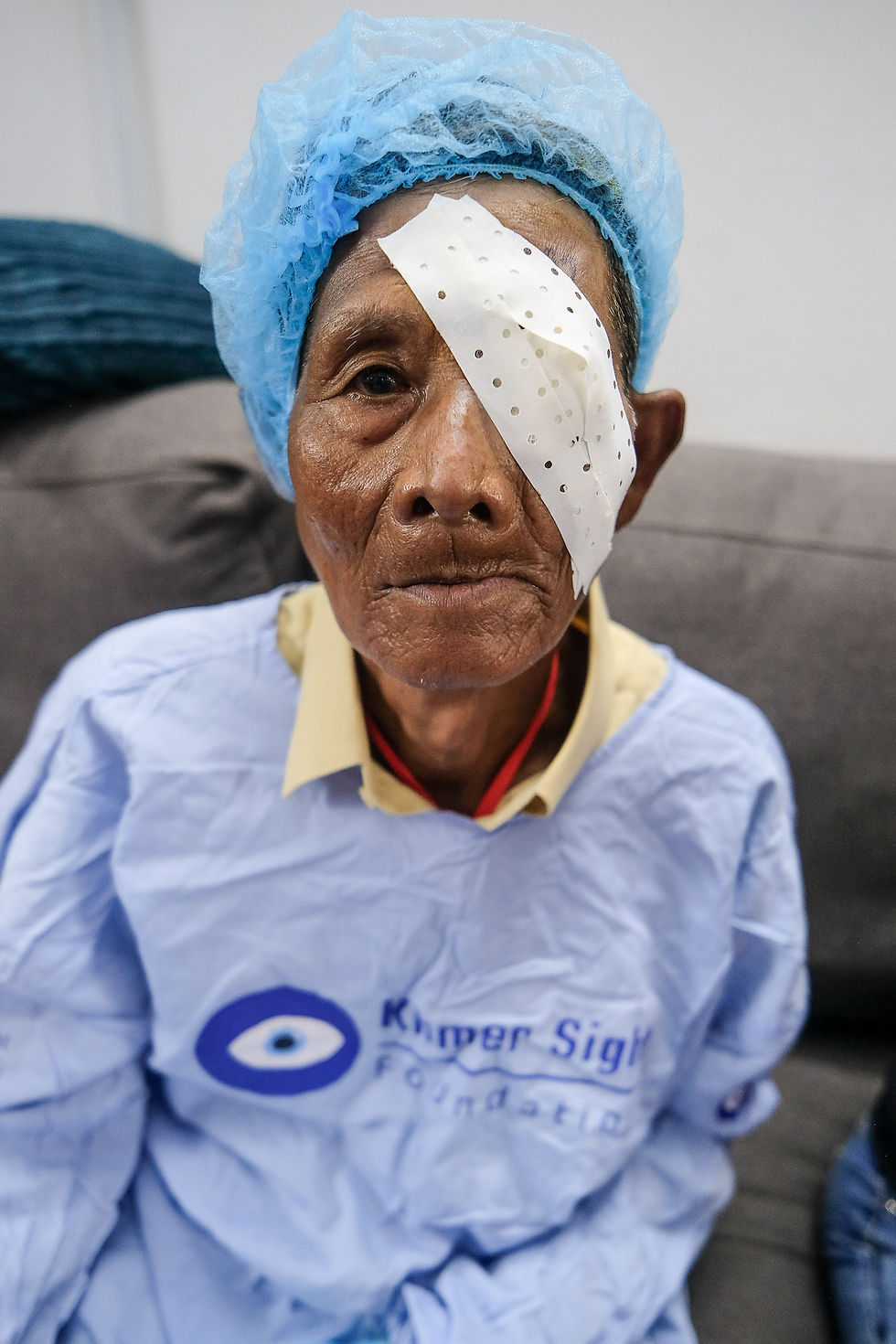Presence Over Predation: The Ethics of Seeing
- Ian Miller

- Jul 20
- 2 min read
Photography is often seen as an act of witnessing. But what kind of witnessing do we perform when we lift the camera?

Are we present—or predatory? Are we telling truth—or constructing spectacle?
As a documentary photographer walking with older tools and intentional rhythm, I’ve come to see photography not merely as a technical craft, but as a moral act.
🧠 The Responsibility of Seeing
Every image begins with a decision. To see. To frame. To point.
But pointing a camera is never neutral. It shapes what we preserve—and what we exclude. It declares that something matters, and that declaration has consequences.
Ethical seeing begins with intent:
Are we here to listen—or to extract?
Will the image honor the moment—or consume it?
Can we show it with integrity to the person within it?





🌿 Honoring the Moment
Moments are not ours to own. They are gifts—offered by time, proximity, and trust.
To honor them, I’ve learned to shoot slowly. To question whether the shutter belongs. To let silence be enough.
That may mean:
Waiting instead of shooting
Letting a gesture unfold without interruption
Accepting that some truths aren’t ours to capture
The greatest act of seeing is sometimes knowing when to look—and not photograph.

🧘 Presence as an Ethical Stance
Presence is more than being there. It’s being accountable. It’s a refusal to exploit. A readiness to reflect.
Presence says:
I see with care
I move with humility
I photograph as a guest, not an owner
This informs the way I choose gear—the D300S, X-Pro2, D700—tools that respond, not dictate. Cameras that slow me down, respect manual choices, and invite rhythm.
Because presence changes the frame. It softens it. It quiets it. It gives it grace.
🎭 Witness vs. Spectacle
The ethics of seeing hinges on one critical tension: witness versus spectacle.
Witnessing | Spectacle |
Honors context | Strips away nuance |
Invites empathy | Stimulates curiosity |
Acknowledges power | Amplifies drama |
Is accountable | Is anonymous |
Photographing pain, poverty, or vulnerability demands deep scrutiny. Are we amplifying truth—or aestheticizing struggle? Are we revealing lives—or packaging tragedy?
When in doubt, I ask: Whose story is being served—and how?
📜 Photography as Memory, Testimony, and Trust
Photography curates memory. It testifies to our presence. It asks for trust.
But trust isn’t automatic. It must be earned. It demands:
Transparency with subjects
Care in editing and publishing
Reflection in sequencing
To be photographed is to be made visible. As photographers, we must steward that visibility with grace—not grasp.
🧩 Closing Thoughts: Enoughness in the Frame
I shoot with what some call obsolete cameras. But they are enough. I shoot imperfect frames. They are also enough.
Enoughness is radical—especially in a visual culture addicted to more. It invites us to believe that being present is more powerful than being perfect.
So I walk slowly. I shoot deliberately. I listen through the lens. I choose presence over predation—every time.






















Comments